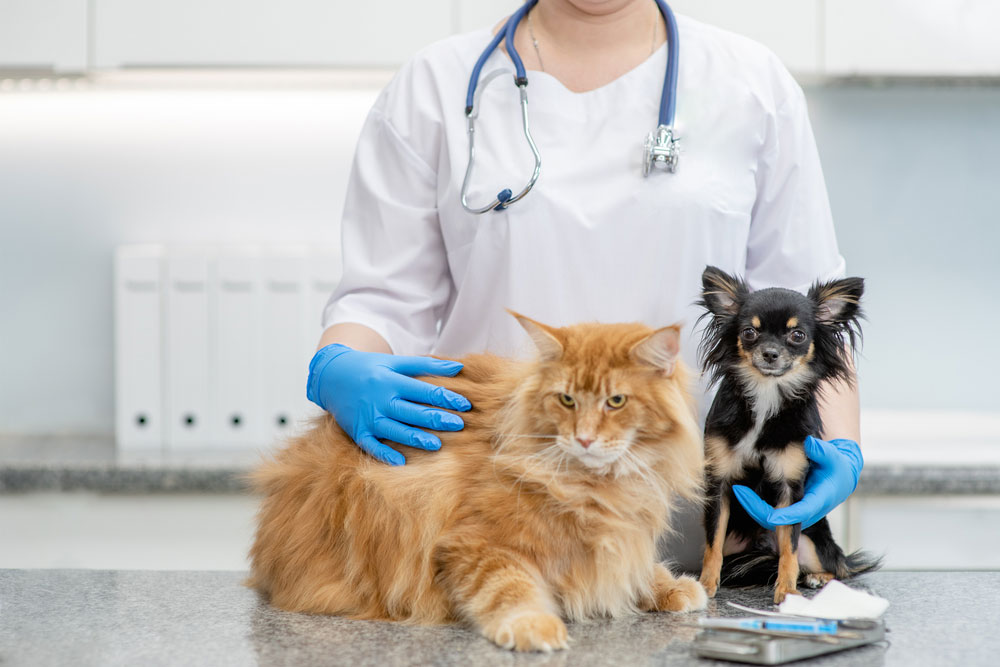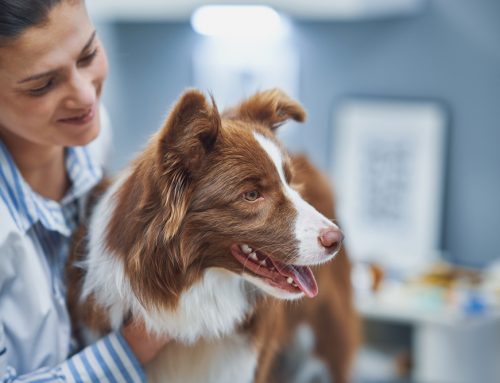Emergencies involving pets often happen without warning. Whether it’s a sudden injury or a concerning symptom, recognizing the signs that your pet needs immediate help can be the difference between life and death. This guide from Omega Veterinary Group in San Mateo, California, helps pet owners understand the warning signs, how to assess their pet at home, and when to act fast.
Why Emergency Exams Matter
A timely, thorough physical exam—whether at home or in the clinic—can identify serious conditions early. Knowing what to look for empowers you to act before symptoms worsen and ensures your pet receives prompt, lifesaving treatment.
Omega Veterinary Group: Trusted Emergency Care
At Omega Veterinary Group, we specialize in urgent care for dogs and cats. Our experienced team provides comprehensive physical exams, diagnostic testing, and treatment when your pet needs it most. If you’re ever uncertain, contact us immediately.
Recognizing Emergency Situations in Pets
Pet emergencies can arise from a variety of situations, including:
- Trauma: Falls, car accidents, or animal fights may result in broken bones, head trauma, or internal bleeding.
- Sudden Illness: Vomiting, diarrhea, collapse, or refusal to eat could signal something serious.
- Poisoning: Exposure to toxic substances (household chemicals, plants, human food) can escalate quickly.
- Respiratory Distress: Trouble breathing, excessive panting, or wheezing always requires immediate evaluation.
Learn more → AAHA: Respiratory Distress in Pets
How to Perform a Home Physical Exam
While not a substitute for veterinary care, a basic physical exam at home can help you monitor your pet’s condition and decide when to call for help.
Step 1: Observe Behavior and Posture
- Hiding, whining, or unprovoked aggression can be signs of pain.
- Watch for reluctance to walk, limping, or unsteadiness.
Step 2: Monitor Vital Signs
- Heart rate: Feel your pet’s chest or femoral artery (inside thigh).
- Respiratory rate: Count breaths per minute. Labored or fast breathing is concerning.
- Temperature: Use a pet-safe thermometer, and only if your pet will allow you to take their temperature without distress.. Normal is 101–102.5°F.
Step 3: Examine the Abdomen
- Gently feel for bloating, firmness, or tenderness. Signs of pain or distension may indicate bloat, internal bleeding, or organ distress.
Step 4: Inspect the Face and Mouth
- Gums: Pale, blue, or dark red gums suggest poor oxygenation or shock.
- Eyes: Discharge, swelling, or unequal pupils may indicate trauma or infection.
- Nose: Thick or bloody discharge can point to respiratory illness.
Step 5: Check Hydration
- Pinch the skin over the shoulder. Slow return = dehydration.
- Dry gums or sunken eyes are also dehydration warning signs.
Step 6: Evaluate Limbs and Movement
- Carefully palpate each limb for swelling, heat, or instability.
- Note if your pet avoids bearing weight or cries out when touched.
Emergency Signs That Require Immediate Care
Call your veterinarian or emergency clinic right away if you see any of the following:
- Difficulty breathing, pale gums, or bluish tongue
- Seizures, fainting, or collapse
- Persistent vomiting or diarrhea, especially with lethargy
- Heatstroke symptoms (panting, red gums, collapse)
- Trauma (car accident, fall, open wound)
- Poison ingestion (cleaners, medications, chocolate, etc.)
Need help now? Contact Omega Veterinary Group or consult the ASPCA Poison Control.
What to Do in an Emergency
Act Quickly—but Calmly
- Call ahead: Alert the veterinary team so they can prepare for your arrival.
- Gather details: Note what happened, when symptoms began, and any substances your pet may have ingested.
- Transport safely: Use a towel, blanket, or crate to secure your pet and prevent further injury.
Emergency Resources for Pet Owners
Learn First Aid
Being prepared makes all the difference in emergencies.

Practice Routine At-Home Checks
These simple checks help you spot problems early and build confidence in handling minor issues.
Key Takeaways
- Emergencies are unpredictable—but preparedness saves lives.
- Know how to spot symptoms of distress and injury.
- Perform regular at-home checks, but never hesitate to seek professional care when needed.
- If you’re ever unsure, it’s always safer to consult your veterinarian.
Need Emergency Care?
The team at Omega Veterinary Group is ready to help. If your dog or cat is experiencing symptoms of an emergency, contact us immediately. Your pet’s health is our highest priority.






Leave A Comment